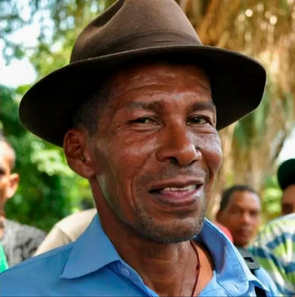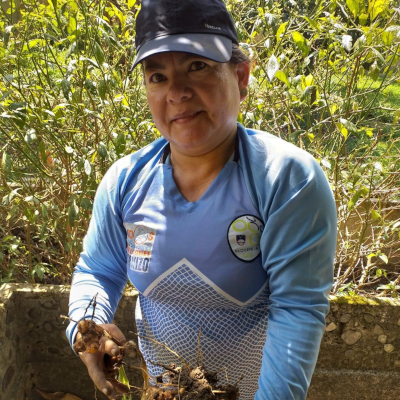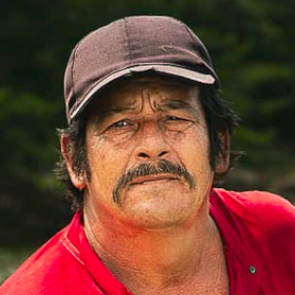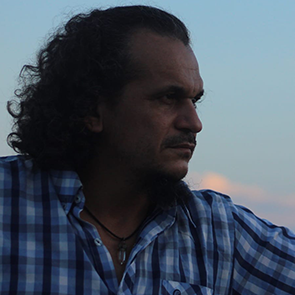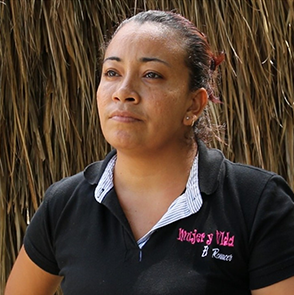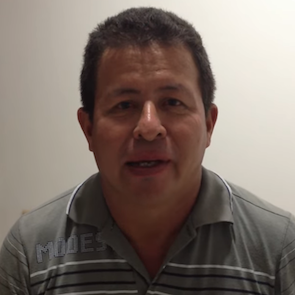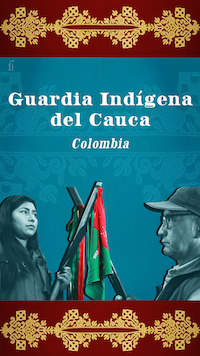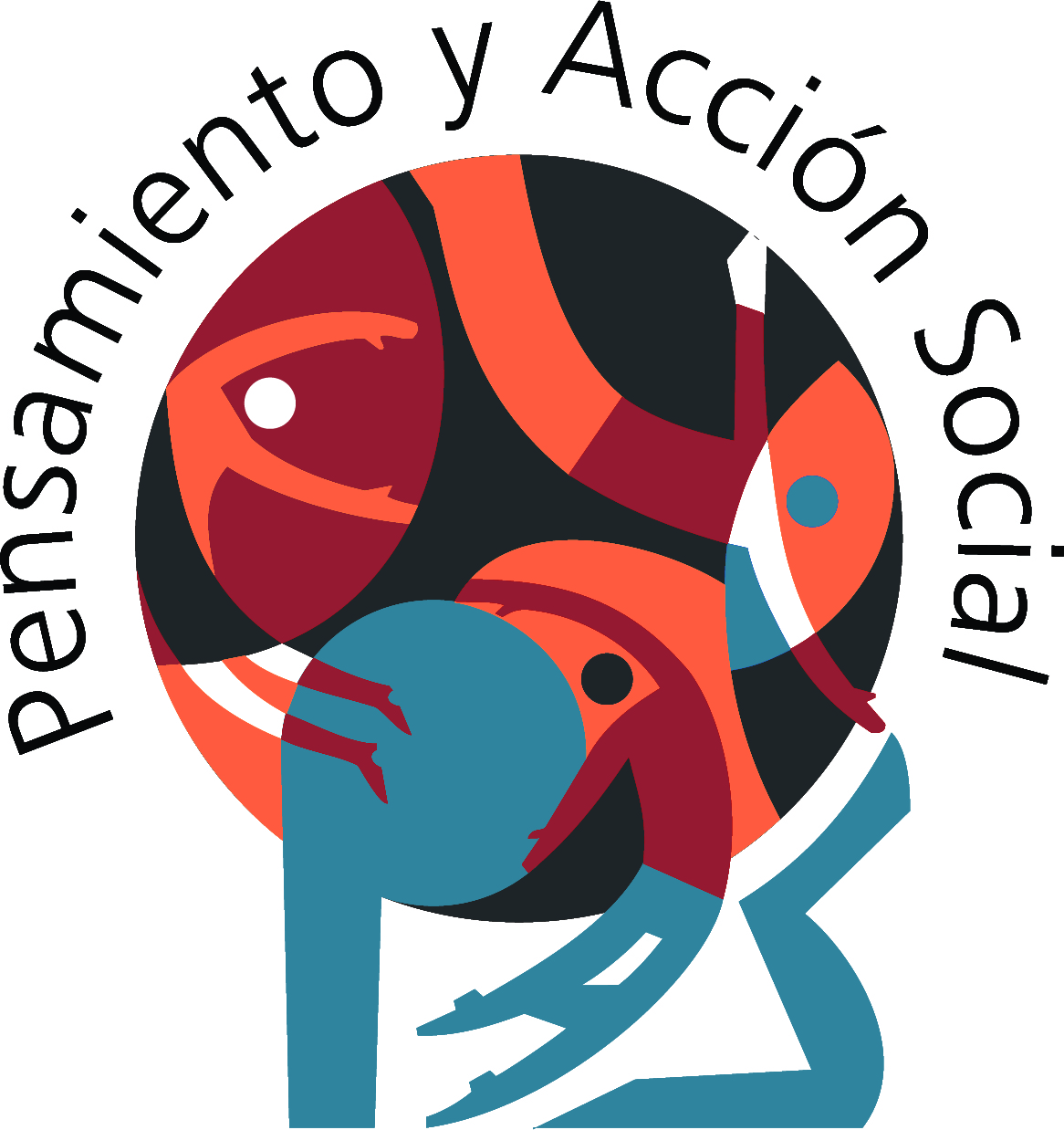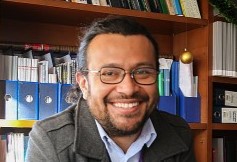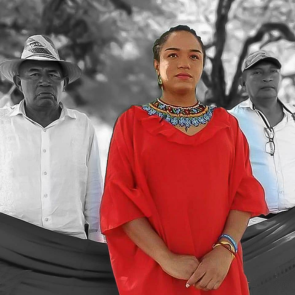#Colombia
#Colombia
The last couple of years of a peace process has raised hopes for an end to the decades long conflict that has plagued Colombia. However, the negotiations between the government and the FARCs have not had a significant impact on the safety and security of human rights defenders in the country, which remains one of the countries with the highest rates of killing of HRDs in the world. This situation seems to have deteriorated in 2015 with the UN highlighting the alarming number of HRDs killed, with 69 between January and August 2015, while the number was 35 for the same period in 2014.
HRDs in Colombia work in a violent and unsafe environment. They are subjected to threats, intimidation, arbitrary detention, enforced disappearances, physical assaults, torture, killings, illegal searches of their homes and offices and stigmatisation as a result of their activities in defence of human rights. The perpetrators of these abuses are frequently paramilitary groups, many of whom have links to the government or security services, or armed opposition groups. The continued frequent and severe threats and attacks against HRDs around the country contradict government claims of paramilitary demobilisation.
HRDs at risk in Colombia come from a broad range of different backgrounds, including: trade unionists, indigenous leaders, afro-colombian leaders, activists working with internally displaced persons and on land issues, women's rights defenders, journalists, lawyers, students and youth activists, church workers, LGBTI and HIV activists.

